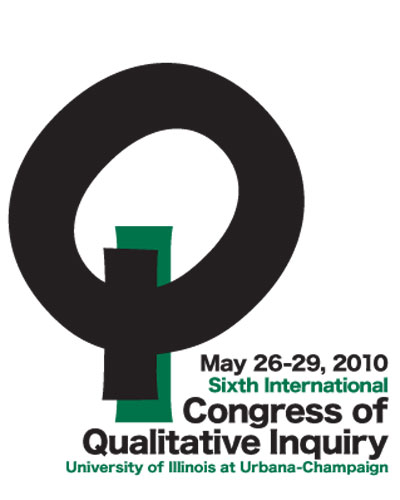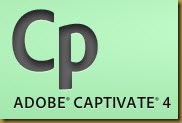Keefer, Jeffrey M., Lancaster University
Learning Goals and Personal Learning in Practitioner Autoethnographic Inquiry: A Case Study
Autoethnography is an increasingly used method of inquiry in the social sciences that focuses upon an experience, or case, in the life of the researcher, who then studies this with the hope of presenting it with vivid and rich descriptive details. It is often intended that the reader be able to share in the experience, so the research is intentionally related to common cultural perspectives. There is limited research around why autoethnographers engage in this method, especially in the context of trying to better understand their goals and intentions for their own work, as well as what is hoped for within the audience. This exploratory case study research will explore the researcher’s learning goals for his or her readers, as well as how the researcher’s own learning develops through the process of conducting the autoethnographic research.
Keefer, Jeffrey M., Lancaster University
The Design and Initial Development of an eLearning Course to Organize and Frame a Qualitative Research Design: The Learning Qualitative Project
There is increasing attention to the challenges faced by faculty who teach qualitative research method courses. Whether lecturers do not have sufficient background to teach in this area, students are not ready to take these courses or their expectations differ from what is taught, logistical institutional factors inhibit teaching and learning, or challenges in the theory-practice relationship pose struggles to coursework, the struggles with teaching qualitative methods seem nearly endless (Hurworth, 2008). With so much need, it was decided to create a freely available eLearning course to assist faculty and students alike. A qualitative research design eLearning course was developed to address some of the basic elements of a research design, and the first version of this is being tested with feedback being used to improve the course’s usefulness.
Hope to see some colleagues, old and new, later this week!


